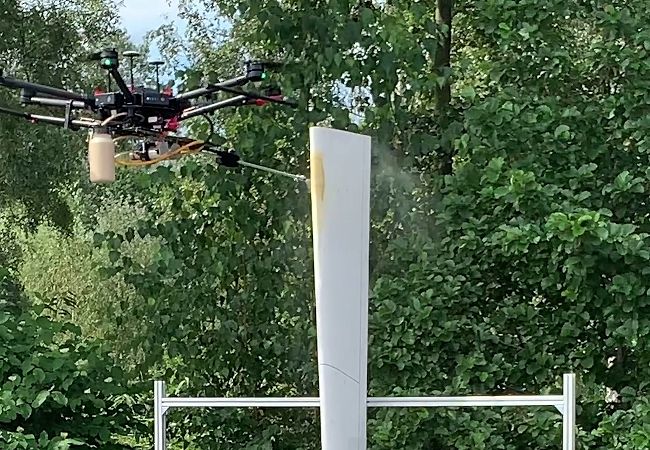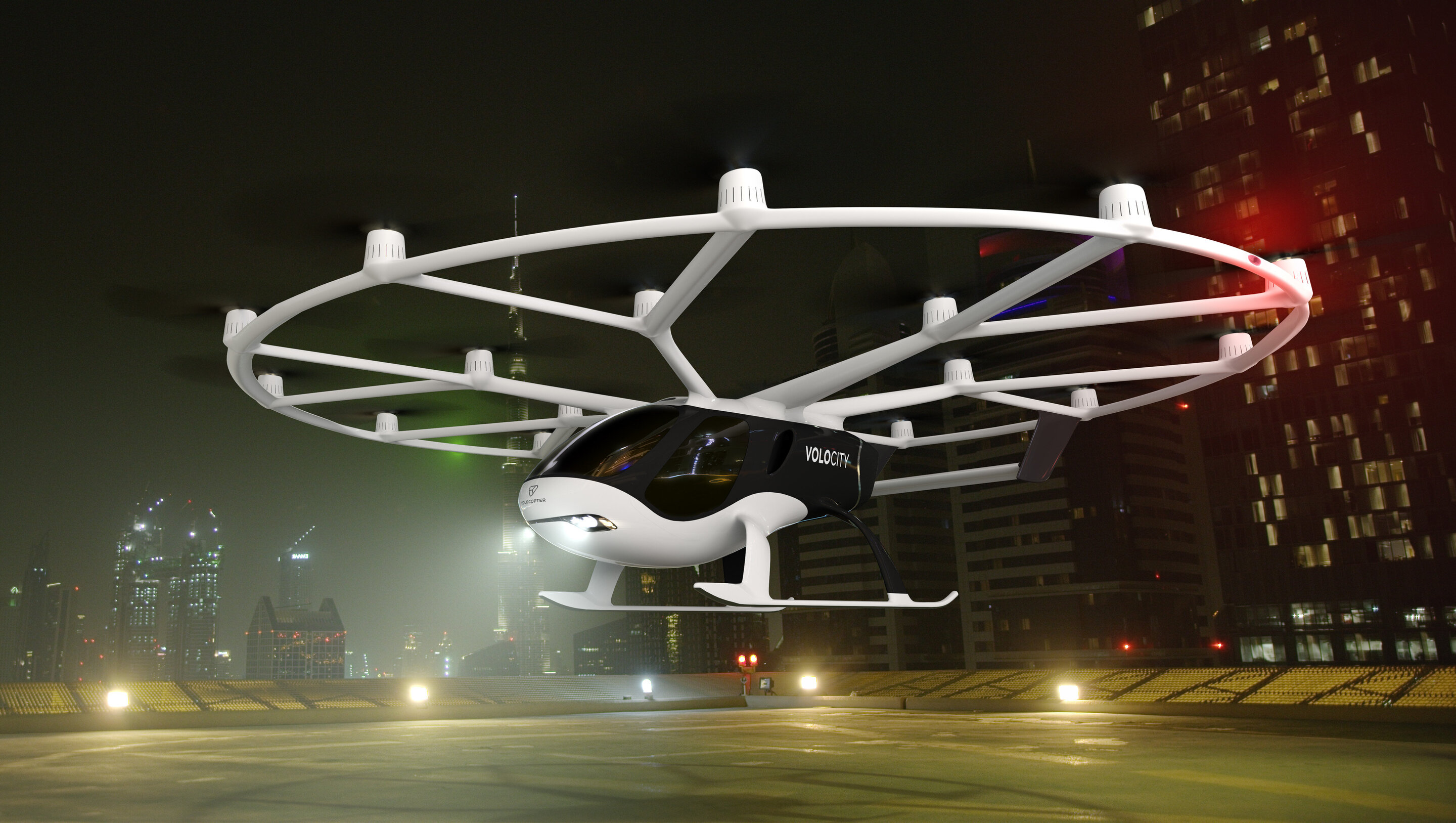In recent weeks, Russia has dominated headlines with its latest military endeavors. Fresh information reveals the development of a formidable shock robot tank within the country, based on the robust T-72 platform.
Scheduled for preliminary tests in April, the first prototype of the Russian heavy attack robot, named Shturm, promises groundbreaking capabilities. As reported by a source in the military-industrial complex, these tests will involve firing exercises at test targets, including utilizing a 125-mm shortened gun.
The project, commissioned by the Ministry of Defense and executed by "Uralvagonzavod," integrates advanced automation equipment from the T-14 Armata tank, originally intended for an unmanned version. However, cost considerations led to the selection of the T-72B3 platform for the new tank robot.
The Shturm project encompasses four distinct combat vehicles, each designed for specific roles on the battlefield. From the main battle tank equipped with a 125-mm cannon to fire support platforms armed with missiles and flamethrowers, the versatility of these robotic vehicles is remarkable.
Key features of the Shturm robotic complex include active protection systems, bulldozer blades, and remote-controlled machine guns for self-defense. These vehicles are engineered to withstand anti-tank attacks, navigate obstacles, and maintain communication integrity even in hostile environments.
Operational tasks for the Shturm robotic complex span from frontline engagements to autonomous operations in diverse scenarios. Whether deployed in mobile defense formations or offensive maneuvers, these heavy-class attack robotic tanks promise to redefine battlefield strategies.
Controlled by command vehicles, which also utilize the T-72 platform, the Shturm units will operate in cohesive robotic platoons. Each command vehicle can oversee up to three robots within a 3-kilometer radius, enhancing coordination and communication on the battlefield.
Despite the promising advancements in military robotics, challenges remain in widespread adoption. While robots offer potential advantages in saving human lives and executing dangerous tasks, operational complexities and reliance on live operators persist. Additionally, concerns about communication interference and autonomy levels necessitate further refinement in robotic warfare strategies.
The development of the Shturm robot tank represents a significant leap in military technology, underscoring Russia's commitment to innovation in defense. As testing progresses and operational deployment nears, the global military landscape may witness a paradigm shift in combat dynamics with the integration of advanced robotic systems.


















